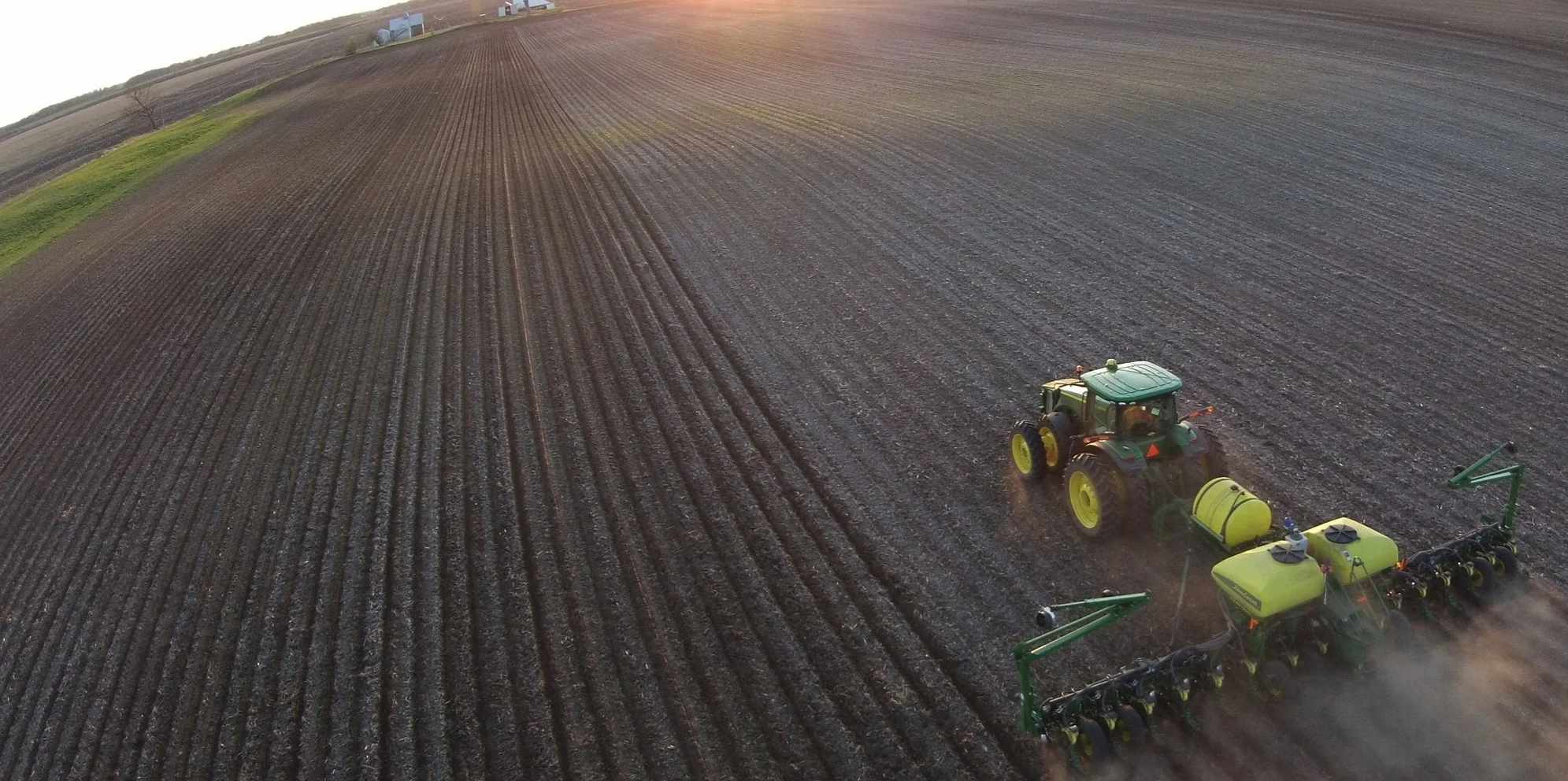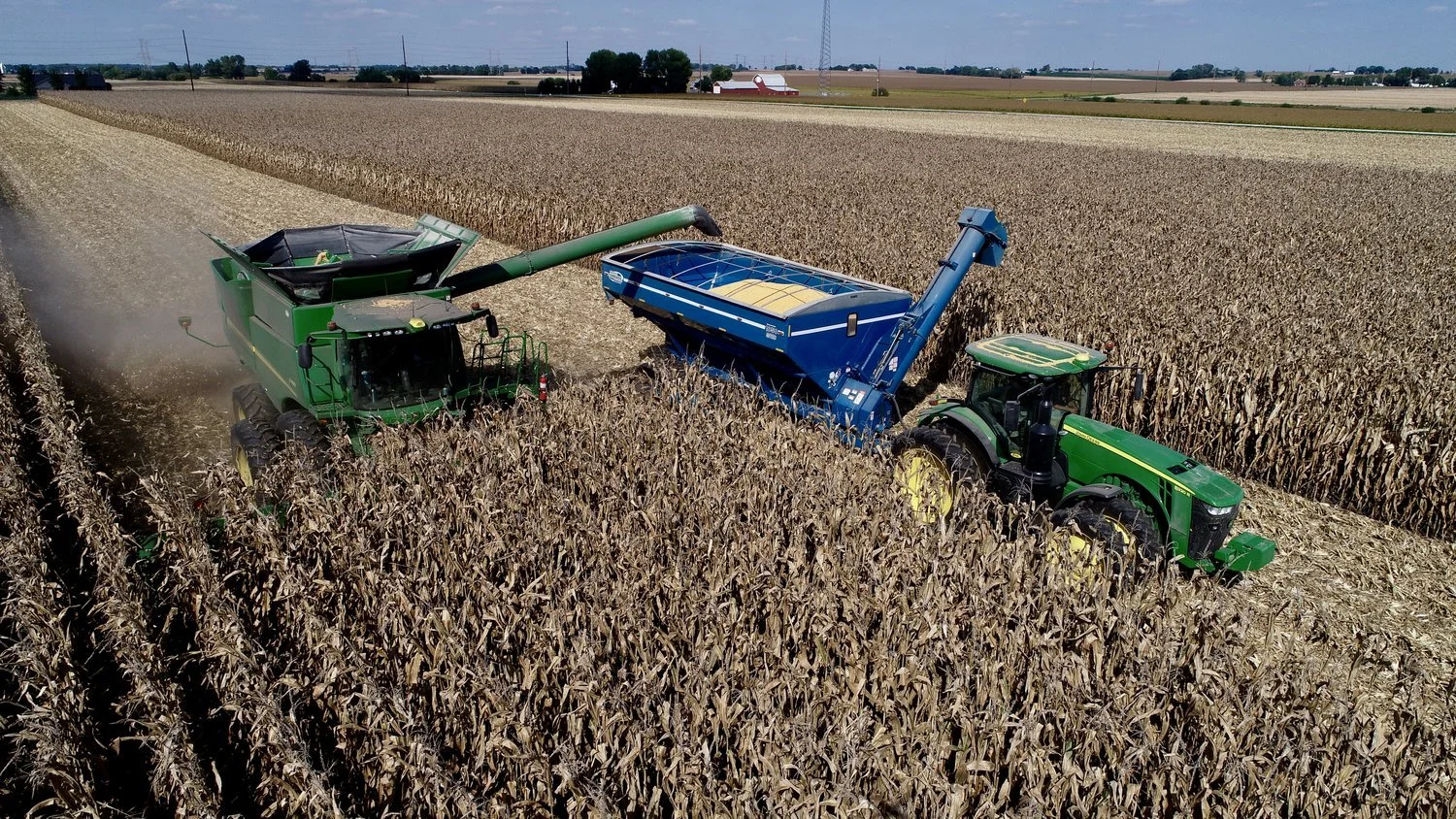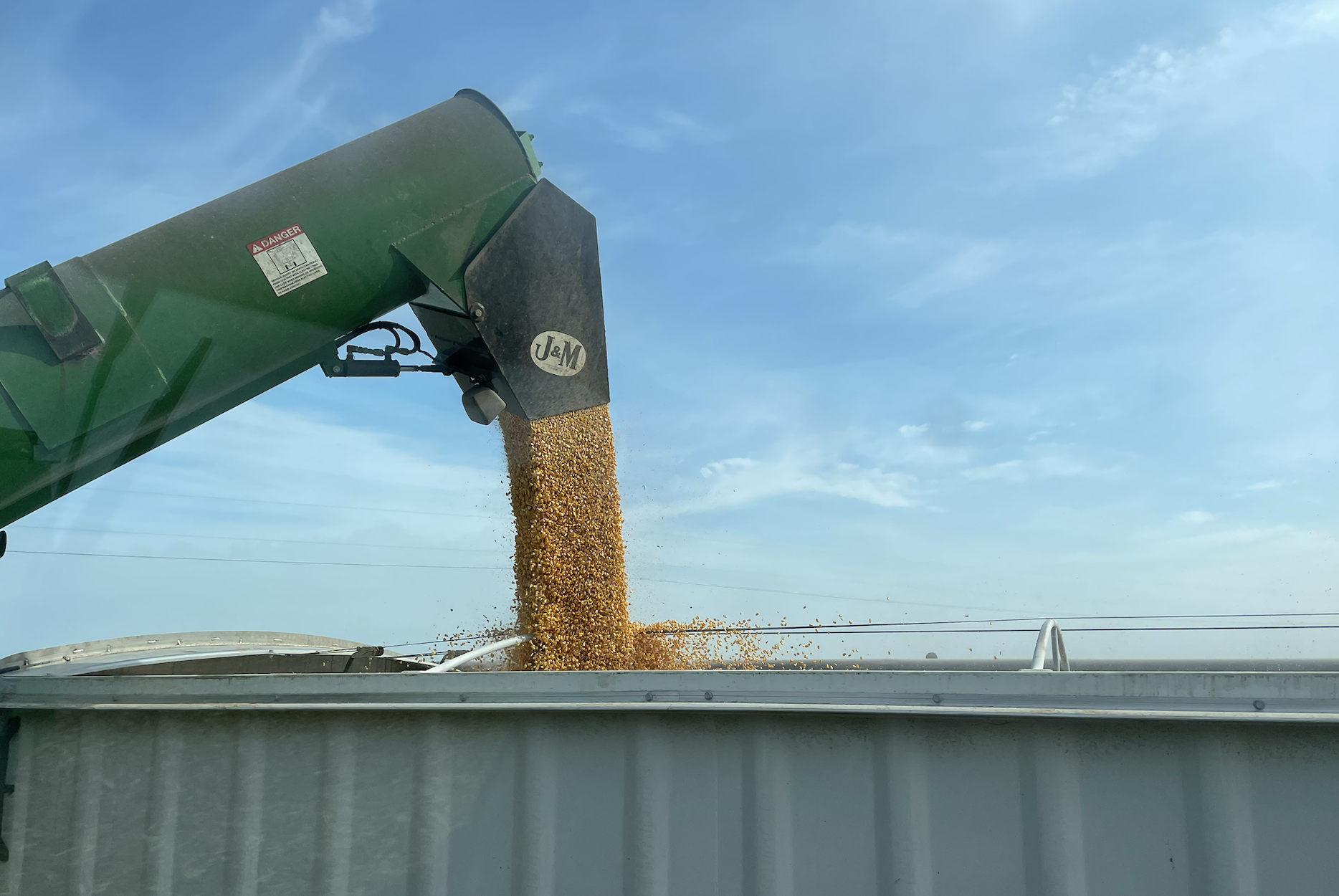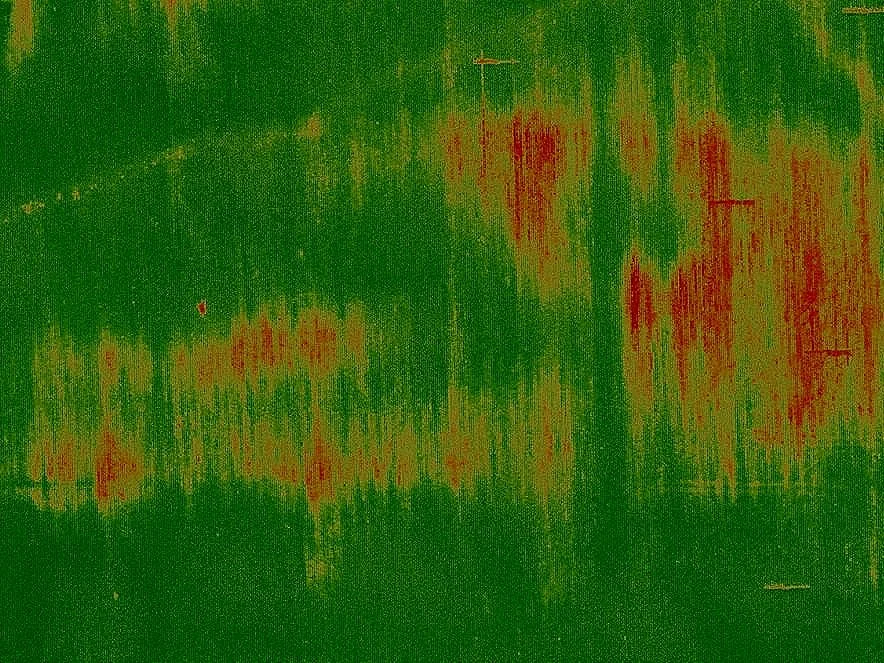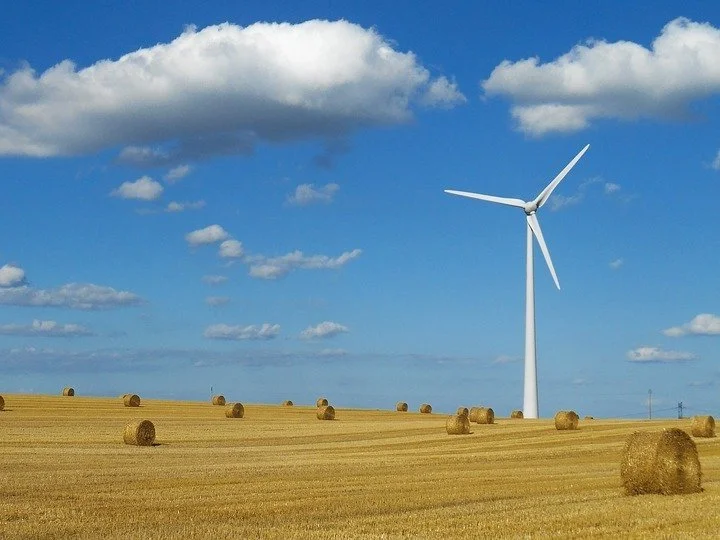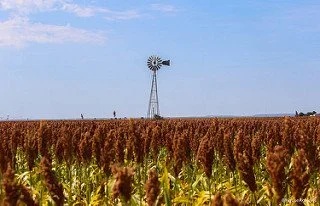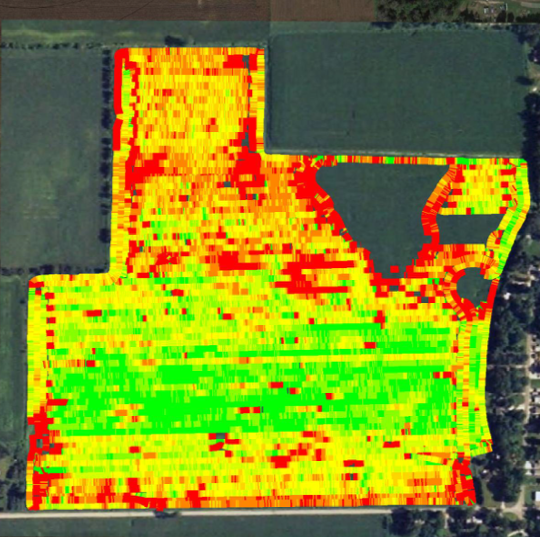Four Takeaways from the Ag Data Platforms Conference
/The recent Precision Ag Data Platforms conference was one of the most interesting events I've attended this past year. Ag data management platforms are part of a young industry by agricultural standards, but these offerings are growing and diverse. Like any new technology, growth comes with a lot of growing pains. Here are four reoccurring themes I heard throughout the day.
There is an abundance of farm data management options on the market today. For the last 100 years, companies supporting agriculture have been steadily going out of business or merging with competitors, leaving farmers with fewer options each year. In the ag data platform world, this trend is reversed. Farmers have every option from John Deere's precision ag data management solutions, backed by one of the world's largest companies and deepest networks of dealers, to modern day upstarts that did not even exist a few years ago, such as Farmlogs, Granular, or Farmers Business Network. In between these two young and old extremes are adolescent companies, such as Climate Corporation, Farmserver, and Encirca, that are relatively new ventures but paired with established industry players. More new companies come online each month.
Still, in spite of the many options available to farmers, the farmer panel repeatedly expressed frustration that no one was making a product that fully satisfied their needs. No single ag technology provider has created that cradle-to-grave farm management solution. Farmers are left using many platforms, which don't always work well together.
And that leads me to my second takeaway: this is an industry in need of standardization. Attendees heard this over and over again. As companies race to give farmers data solutions, they often keep their solutions proprietary. As a result, one machine may not communicate well with another machine, and cloud X may not communicate well with cloud Y. There are efforts to bring standardization to the industry, such as SST's AgX platform, but widespread standardization is still years away, unfortunately.
My third takeaway from the conference is that although data collection tools are developing quickly, useful data analytic tools are still a work in progress. It is easy to collect agronomic and machine data. That requires solving a logistics problem. But finding a platform that can crunch the numbers and provide a farmer with useful, practical information that improves their farming practices is more difficult. Data analytics are coming, for sure, but we aren't there yet. That is why the return-on-investment (ROI) is still unknown for many farmers wondering whether to sign up.
My final takeaway is that lack of trust is still the main road block to widespread adoption of farm data management platforms by farmers. Many farmers are still reluctant to let go of their data because they do not trust ag technology providers. Trust is not something that can be won over by clever marketing materials. Trust takes time and commitment.
I can't wait to see where the ag data platform industry is in five years.

